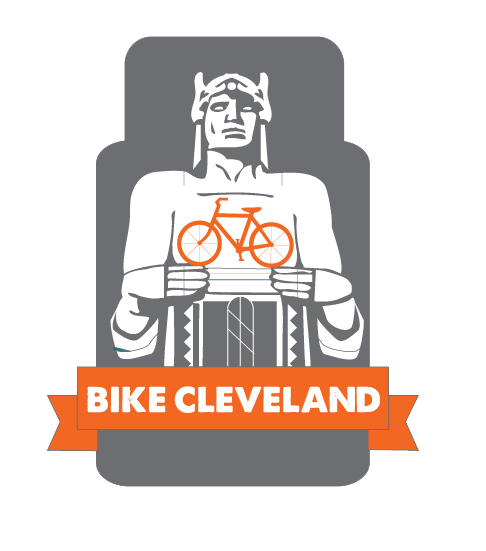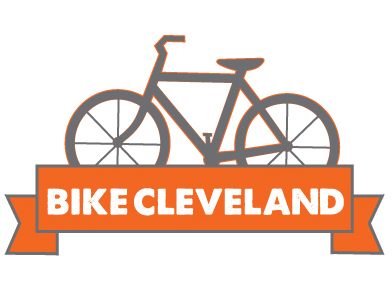Ward 17 – Jonathan Simon Responses
Cleveland City Council Candidate Questionnaire
Candidate Name: Jonathan Simon
Council Ward 17 Candidate
Q. What roles do you think city council can play in making cities safe, accessible and friendly for biking?
A. I believe that City Council must closely examine traffic laws as it relates to bicycles, pedestrians and vehicles to ensure that the laws properly protect the safety of everyone. That may mean dedicated bike lanes or guidance on how to share the road depending on the infrastructure capabilities. One key issue that creates a safety hazard for cyclists, motorists and pedestrians is the unacceptable maintenance of our roads and sidewalks. When our roads and sidewalks are pockmarked with potholes and debris, it makes all forms of travel more dangerous. We must increase our investment in basic maintenance to keep our streets in good repair.
Q. Funding for bikeways and other bicycle improvements and programs in Cleveland is currently derived from a mix of local, regional, and federal grants. Do you support an increase in dedicated funds in the City of Cleveland capital budget to install a safe, connected network of bike facilities?
A. No
Q. Do you have ideas for securing other funding for biking projects in Cleveland?
A. I believe that bicycling is important, however I do not believe that dedicated funds for the exclusive purpose of promoting cycling is the correct response. We should seek opportunities to include bicycle friendly infrastructure improvements where appropriate as a part of ongoing projects; however we should not divert capital funds which must be used to maintain and upgrade our existing failing infrastructure. I would support any efforts to privately enhance our cycling infrastructure either through engaged non-profits or corporate efforts and any public relations campaigns to increase the private or NGO funding sources.
Q. In January 2012 the City of Cleveland’s Complete and Green Streets Ordinance went into effect. The ordinance requires implementation of sustainable policies and guidelines in all construction projects within the public right of way. What will you do to ensure that the city incorporates Complete and Green Streets policies and practices into road projects within your ward? How will you measure success?
A. While the Complete and Green Streets Ordinance had noble goals, I was at that time and am still concerned that this policy will have unintended consequences that may reduce the overall pool of available funds for road projects by prioritizing “nice-to-haves” over “need-to-haves.” With that being said, successful streets must promote healthy traffic and enhanced curb appeal to attract businesses and patrons. I believe that in order to support robust commercial and retail development we must consider all traffic sources (motorists, cyclists and pedestrians) and ensure that all of their needs are satisfactorily met.
Q. In what ways can enhanced bicycling facilities and opportunities benefit your ward and the city as a whole? Are there any specific projects that you’d like to see accomplished?
A. Ward 17’s proximity to the Metroparks offers a great opportunity for private sector development of resources for recreational cyclists to enjoy. This could include a bike rental facility in or near the park as well as new stores and repair shops in the area. I also believe that Rocky River Drive, south of Lorain Ave is in dire need of major rehabilitation and streetscaping. I believe that this project could use Hilliard Blvd. in Rocky River and Westlake as a model for success and incorporate privately sponsored planter boxes, dedicated bike lanes and new tree lawns to convert this road from what is now a highway into an attractive boulevard that elevates the perception of the neighborhoods South of Lorain and contributes to attracting successful businesses to the storefronts along Rocky River Drive.
Q. Cities across the United States are installing protected bicycle lanes (a.k.a. cycletracks) to create a stress-free biking environment and to encourage “interested but concerned” people to ride a bike. Do you support the installation of bike infrastructure like buffered bike lanes, protected bike lanes, and bike boxes on Cleveland streets? YES/NO
A. No
Q. Are you in favor of Bike Boxes (i.e. former shipping containers converted to bike parking) being placed in a parking lane on city streets?
A. No
Q. In just about every neighborhood throughout the city, one of the top concerns is drivers driving too fast, aggressively, and not safely sharing the road with people on bikes. What ideas do you have to calm traffic and make our neighborhoods safer and more comfortable in which to ride a bike? Feel free to talk about particular problem spots in your ward.
A. Drivers traveling at unsafe speeds are hazard to everyone in our community, in many cases this is not necessarily the result of malice but rather of drivers simply failing to pay attention to their speed. I support using non-enforcement radar indicators on our streets to remind motorists of the speed limit and their current speed. Another key concern is that with the poor quality of road maintenance on our major roads, many drivers will frequently swerve to avoid potholes, endangering cyclists and pedestrians in the process. By focusing on road repair and proper maintenance we can cut down on this serious issue. Lastly, the city has dragged its feet in many cases where it has been determined that bike-sharing lanes should be established. In some cases this has led to guerilla striping of roads; this should not be necessary as the City should be able and willing to move quickly once a decision has been made to restripe a road.
Q. According to the 2012 Census almost 28% of Clevelanders do not have access to a car, how would you go about re-examining road projects to take into account the transportation needs of all city residents, improve safety, and enhance the livability of Cleveland neighborhoods?
A. It is no surprise that in a city where 32.6% of Clevelanders live below the poverty line that 28% do not have access to a car. I believe that this statistic is more driven by poverty than it is by anything else, however there are other reasons to re-examine road projects. Cleveland has an infrastructure that was largely developed between 1920 and 1970 for a population of over 900,000 people. Today, our population is under 400,000 and shrinking at a rate of a few thousand per year. Even if we are able to stop the population loss and spur modest growth, we cannot expect to approach that 900,000 figure at any time soon. Therefore, we can consider rightsizing certain roads, especially in those which have experienced significant reduction in traffic, by reducing the number of lanes, installing bike lanes, planter boxes, tree lawns and other elements that enhance both the safety and the perception of a road.
Q. What do you think is the number one risk to people on bikes both in your ward and the city as a whole? What have you done/will you do as an elected official to remedy it?
A. I believe that the top risk to cyclists on our roads is the poor quality of our roads. Improper maintenance of our infrastructure creates more hazards than any other source. I believe that by investing in proper maintenance of our roads, including properly filling and smoothing out pothole repairs, using the correct equipment to remove snow from our roads so that it does not damage streets and curbs, and ensuring that when a road is replaced that it is done properly, with a minimum 10-year maintenance bond from the contractors and material suppliers, we can make a significant improvement in the quality and safety of our roads.
See responses from all candidates at BikeCleveland.org/I-bike-I-vote

